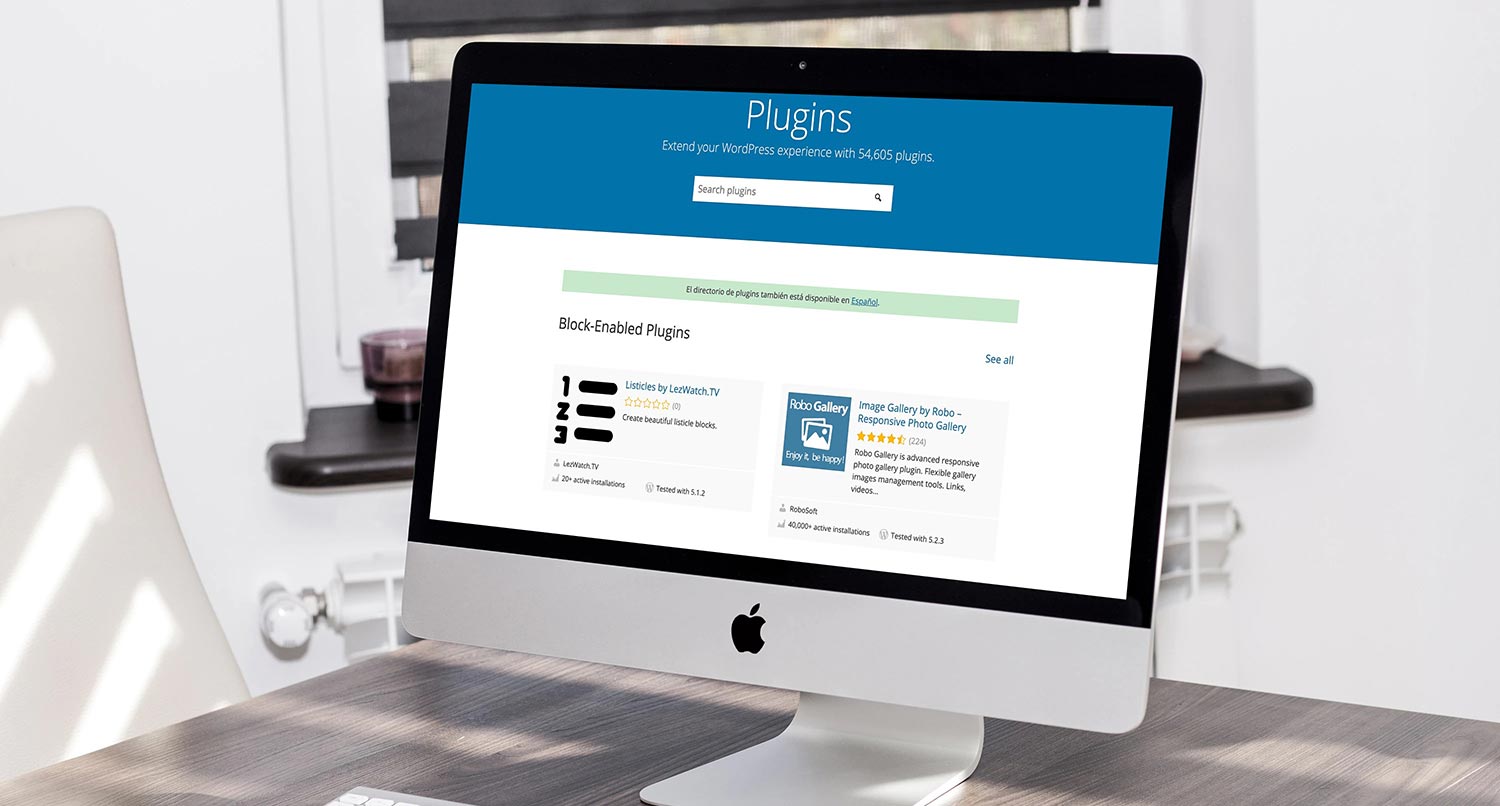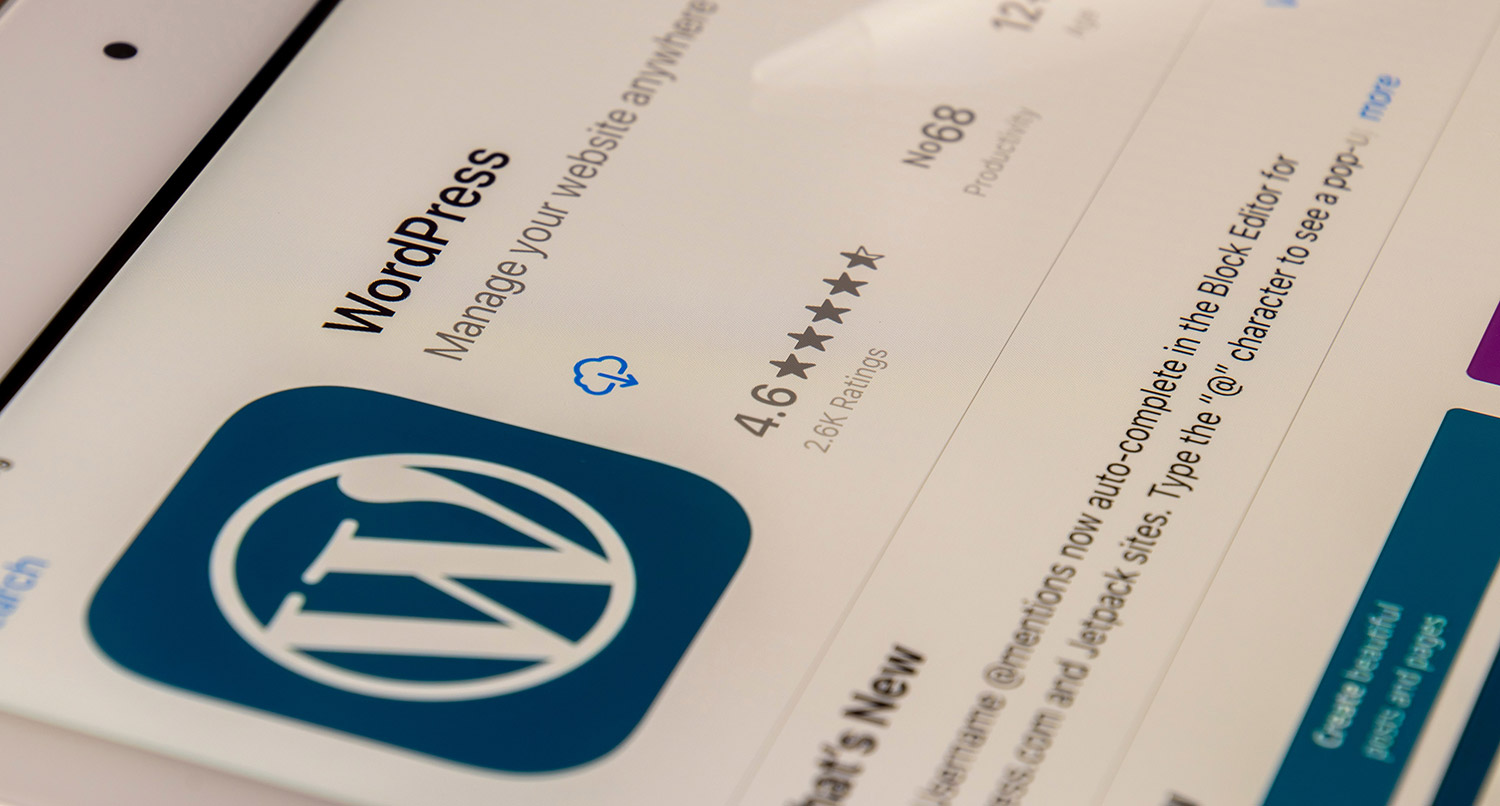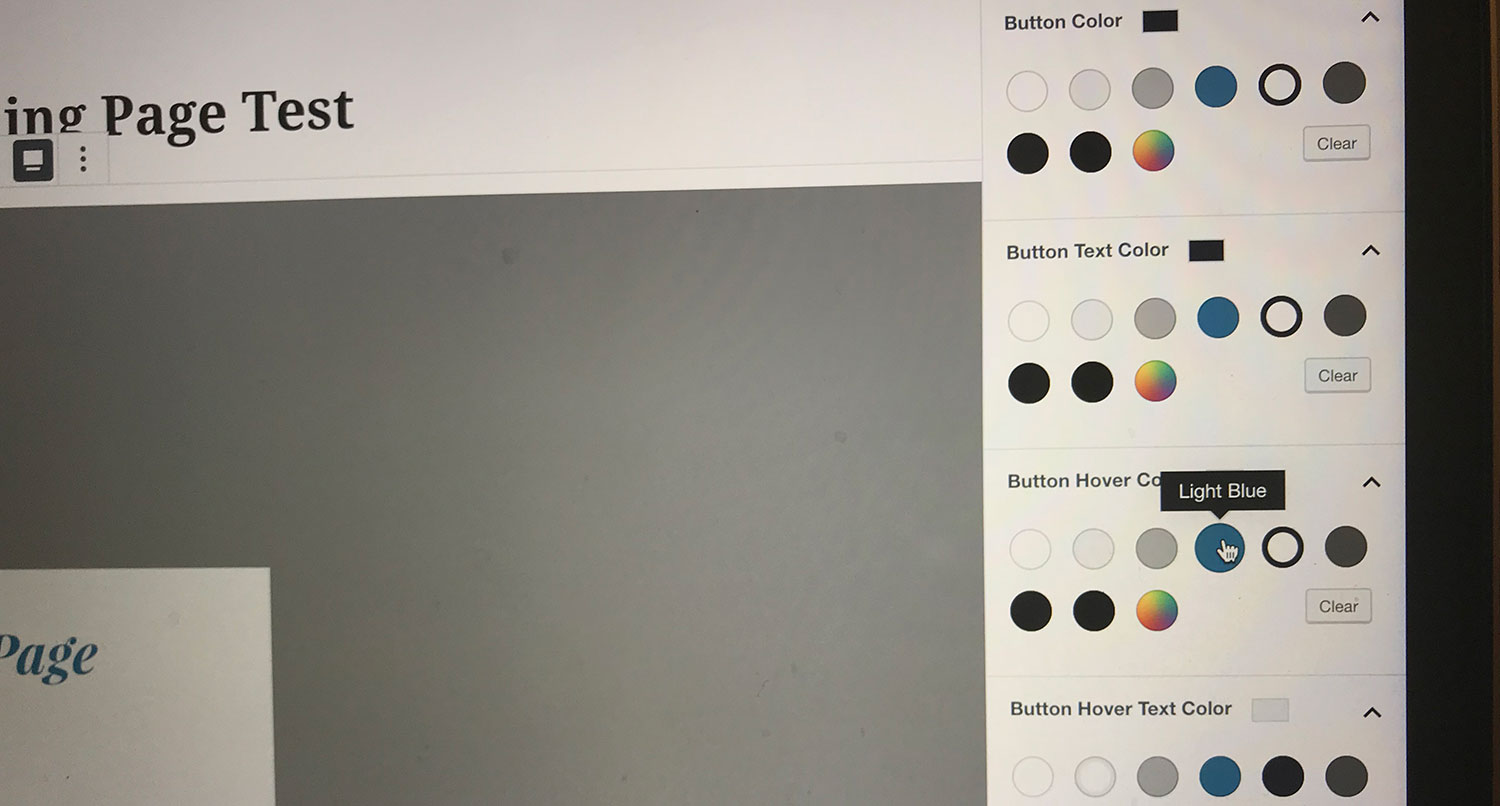In December, Gutenberg finally reached the masses when it was rolled into WordPress 5.0. I don’t really want to dive into this debate since it’s been covered for a while, but it does seem like things have stabilized now almost three months after the release.
But one of the things that came along with the new block-based editor was the hunt for blocks. After all, that was one of the selling points for adding Gutenberg into core. Now people could change the look of their page easier than having to dive into code, at least in theory.
So if you’re looking for blocks to add to your site, here are a couple of places to look.
WordPress plugin repository
It might seem kind of obvious, but the first place you should hit up for Gutenberg blocks is the WordPress plugin repository. First off, everything in there is technically free and has been reviewed by a team.
And second off, there’s actually a section containing plugins that have Blocks either in them or are essentially only a block. That helps you limit your search to only blocks and makes things at least a little easier.
As for the other typical marketplaces, I’m not sure how many of them have updated their taxonomies to account for Gutenberg blocks. A glance over at CodeCanyon shows that they have not as of this writing. But a keyword search for “Gutenberg” should help you out on those fronts.
Block library plugins
Another great potential resource are block library plugins. These are plugins that contain a multitude of blocks that do a lot of things.
For example. CoBlocks has blocks that range from accordions to horizontal rules to social sharing to even a “Click to Tweet” block, all in one plugin. This makes it much easier to install a wide range of blocks that you want for your website.
Among the ones that are out there, I currently am trying out CoBlocks and Atomic Blocks. I’m happy to say that I enjoy each of them. And if you’re looking block library plugins, those are good places to start.
Tell the Story of Your Small Business With a Website
Every small business has a story. And every small business needs a website to help tell it. A website allows people to find you online, serves as a home base for any marketing effort and can help you tell the story of your business. So if you’re ready to give your business its first website or are ready to take your site to the next level, let’s get started on making that happen.
Let’s Get Started on Telling Your Story With a WebsiteBe careful with your blocks
But as you start to download and use blocks, it’s important to be very careful with the blocks you add to your website. Otherwise it might have adverse effects on your site.
Blocks in plugins make them easy to add to your site. But let’s say you find a plugin with a block that does something better than a block you currently have. So you add the new block and simply deactivate the old plugin. But what about the posts and pages that used the old block? They’re now broken.
So when you’re looking for your blocks, be sure to look at each of the screenshots to make sure it works for what you want. And then be sure to test it either on a development site or a password-protected page to make sure it does what you need it to do.
So if you’re in the market for a block, these are great places to start. And don’t forget to be careful when you’re adding, using and removing blocks.







